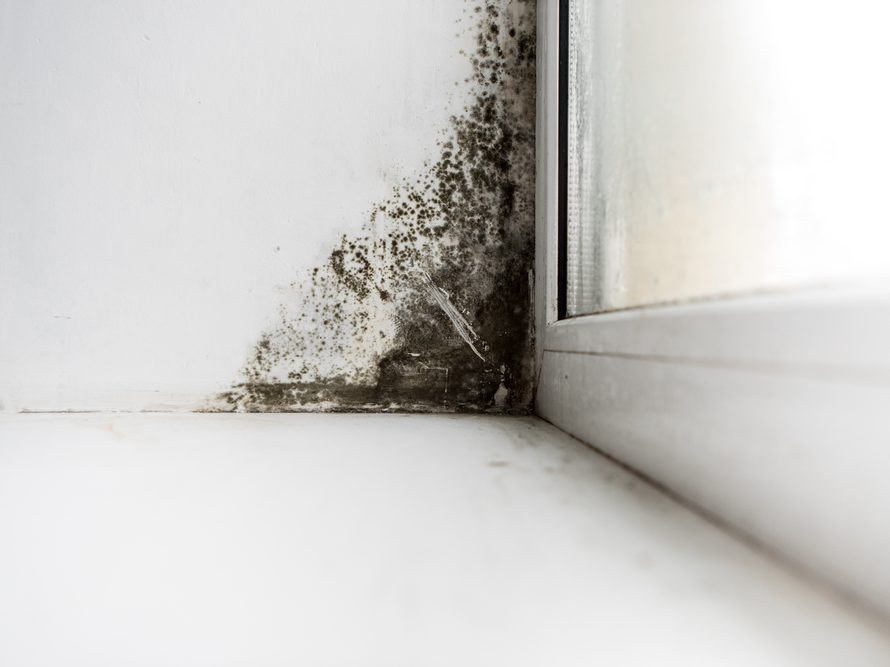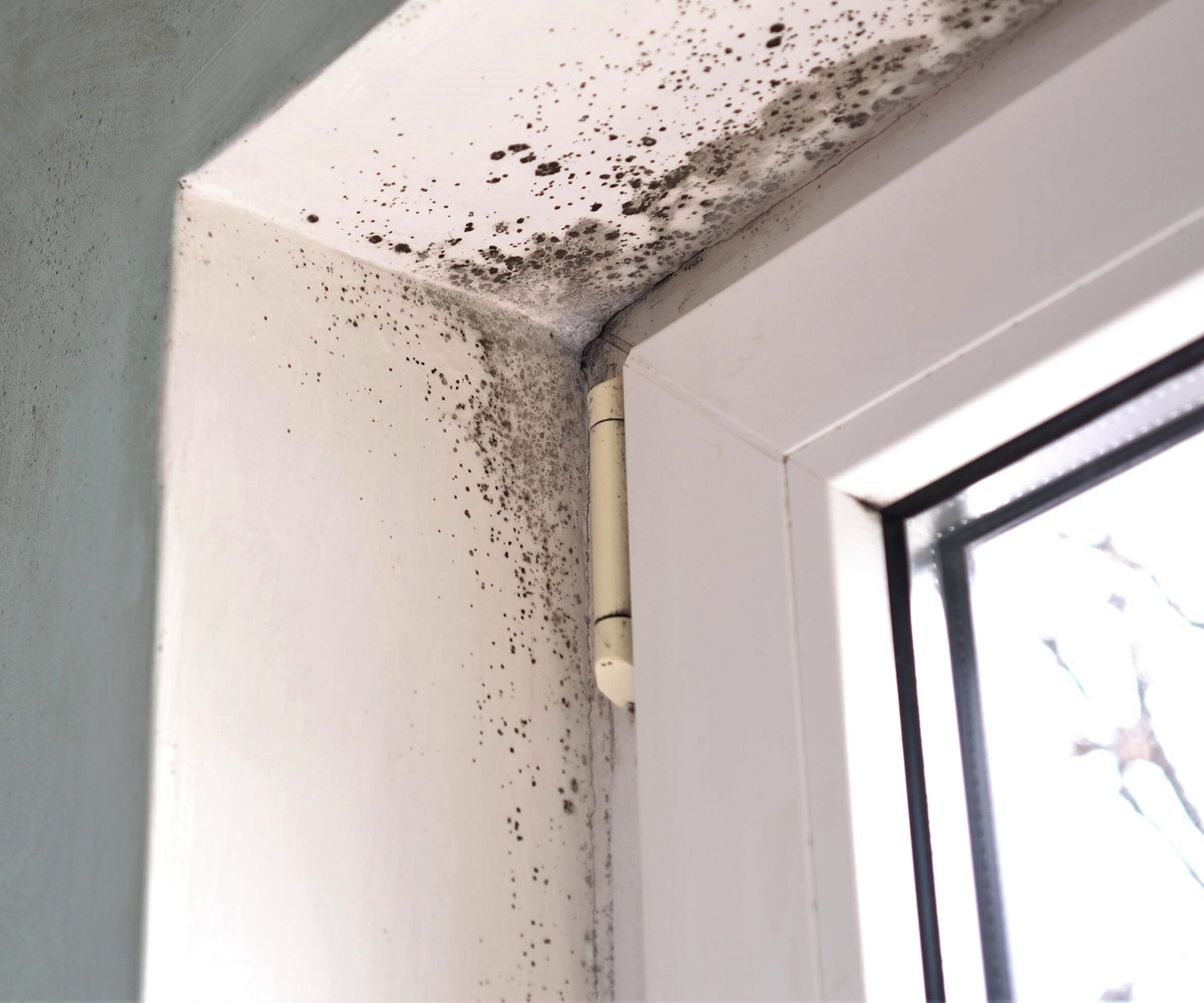Secret Tips for Successful Post Mold Removal
Resolving mold and mildew problems in a prompt and efficient way is important for maintaining a healthy indoor environment. Efficiently completing mold and mildew removal is a complex procedure that calls for focus to information and adherence to details protocols. From examining treated locations to applying dampness control actions, each action plays a critical function in making certain the efficacy of the removal procedure. However, there are crucial post-remediation actions that are similarly crucial yet usually neglected. These actions not only validate the success of the removal efforts but also add to preventing future mold and mildew development.
Examination of Treated Locations
Upon completion of the mold and mildew remediation process, a detailed examination of the treated areas is essential to ensure the performance of the remediation efforts. This examination serves as a vital action in the post-remediation stage to confirm that the mold and mildew removal and cleanup procedures achieved success in getting rid of the mold problem and restoring a risk-free indoor atmosphere. The inspection must be conducted by certified experts that have the competence to examine the remediated locations carefully.
Throughout the examination, various variables are evaluated to figure out the success of the removal procedure. These include aesthetic analyses to check for any type of signs of mold growth or water damages, dampness levels to confirm that the location is dry and complimentary of excess humidity that might promote mold re-growth, and air high quality testing to guarantee that the indoor air is secure to take a breath. In addition, the inspection might entail using specialized devices such as wetness meters and thermal imaging cams to identify concealed mold or moisture pockets that could result in future mold and mildew issues if left unattended. In general, an extensive assessment of the dealt with areas is vital to validate the efficiency of the mold and mildew removal efforts and offer comfort to the owners of the property.

Moisture Control Actions
Reliable moisture control procedures are important for preventing mold and mildew growth and keeping a healthy and balanced indoor setting. To achieve this, it is critical to deal with resources of dampness within the structure. Proper air flow is essential to regulating moisture degrees. Mounting exhaust fans in cooking areas and bathrooms can aid eliminate excess moisture. Furthermore, using dehumidifiers in moist areas can help lower humidity levels, making it harder for mold and mildew to thrive.
On a regular basis preserving the structure and evaluating's exterior can also protect against moisture intrusion. testing air quality after mold remediation. Guaranteeing that seamless gutters are clear, downspouts direct water far from the foundation, and the roofing system is in excellent condition can aid avoid water from permeating right into the structure. Correctly securing doors and home windows can likewise assist maintain moisture out
In situations where water damages occurs, timely activity is necessary. Any type of spills or leakages should be cleansed and dried out within 24-48 hours to avoid mold and mildew growth. Making use of wetness meters can help discover covert resources of water and guarantee extensive drying out. By applying these wetness control procedures, the risk of mold and mildew persisting can be considerably lowered, developing a much healthier indoor environment.
Proper Air Flow Analysis
An important facet of guaranteeing a healthy anonymous indoor atmosphere article mold removal is carrying out an extensive analysis of the air flow system. Post Mold Remediation. Proper air flow analysis plays a crucial role in avoiding future mold and mildew growth and maintaining air quality within the affected room. During the assessment, experts evaluate the effectiveness of the ventilation system, inspecting for any blockages, leakages, or malfunctions that could impede appropriate airflow. It is important to guarantee that the ventilation system is appropriately sized for the area it offers and that it satisfies sector standards for air currency exchange rate.
Furthermore, evaluating the ventilation system includes analyzing the distribution of air throughout the area to identify any locations of bad blood circulation where wetness and contaminants might accumulate. Appropriate ventilation not just helps in regulating humidity levels yet likewise help in removing air-borne mold and mildew spores and other pollutants, therefore enhancing general interior air quality. By resolving any kind of ventilation concerns post mold removal, homeowner can produce a much healthier and much more comfy environment for passengers while reducing the danger of mold and mildew re-infestation.
Cleaning and Sanitation Protocols
To guarantee comprehensive mold and mildew remediation, meticulous adherence to details cleaning and sanitation procedures is crucial. Cleaning up and sanitation protocols play an essential role in the post-mold removal phase to protect against the reoccurrence of mold and mildew growth and ensure a healthy and balanced and safe atmosphere.
After the initial cleansing, complete disinfection of the impacted locations is necessary to eliminate any continuing to be mold spores and inhibit their proliferation. This action is essential in avoiding the spread of mold to various other components of the property. my site Additionally, executing preventive steps such as applying mold inhibitors and maintaining proper ventilation can help reduce the danger of future mold and mildew infestations. By following rigorous cleaning and sanitation procedures, homeowner can make certain the effective elimination of mold and create a healthy and balanced interior setting for residents.
Surveillance and Upkeep Plan
Implementing a normal surveillance and maintenance plan is essential for making certain the long-term efficiency of mold and mildew removal initiatives. When mold and mildew remediation is completed, it is crucial to establish a monitoring timetable to evaluate the success of the remediation process. This includes regularly evaluating the previously impacted areas for any indications of mold and mildew reoccurrence or water damages. By carrying out routine checks, any type of new mold growth can be immediately identified and dealt with, avoiding a reoccurrence of the initial problem.
Additionally, developing an upkeep plan is crucial to avoiding future mold concerns. This plan may consist of actions such as dealing with pipes leakages, boosting air flow, and managing interior moisture levels. Routine upkeep not only aids in avoiding mold however also contributes to preserving a healthy and balanced indoor atmosphere. It is a good idea to document all monitoring and upkeep tasks to track progress and make sure uniformity in the maintenance of the remediated areas. By carrying out an extensive tracking and upkeep strategy, the danger of mold and mildew re-emergence can be considerably reduced, promoting a tidy and risk-free living or working setting.
Verdict
In verdict, successful blog post mold removal involves thorough examination of treated areas, application of dampness control measures, evaluation of correct ventilation, adherence to cleansing and disinfection procedures, and facility of a monitoring and maintenance plan. These vital actions are necessary to make certain that mold growth is successfully removed and prevented from persisting in the future. By adhering to these standards, residential property proprietors can keep a safe and healthy and balanced atmosphere for owners.
Upon conclusion of the mold and mildew removal process, a complete examination of the dealt with locations is essential to guarantee the efficiency of the removal initiatives. These consist of aesthetic analyses to check for any type of signs of mold and mildew growth or water damage, moisture degrees to confirm that the location is completely dry and complimentary of excess moisture that could advertise mold and mildew re-growth, and air high quality screening to guarantee that the interior air is risk-free to breathe. Additionally, the examination may entail utilizing specialized devices navigate here such as dampness meters and thermal imaging cams to spot hidden mold and mildew or moisture pockets that can lead to future mold troubles if left unattended. By addressing any type of air flow concerns publish mold and mildew remediation, residential or commercial property proprietors can develop a much healthier and much more comfortable environment for passengers while minimizing the danger of mold re-infestation.
